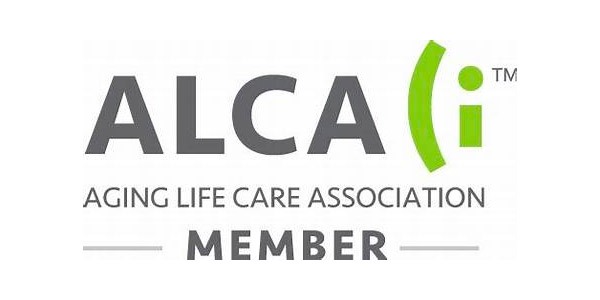
Red Flags for decline in older adults for Professional Advisors
- Gait Abnormalities– A shuffling gait can be a symptom of Parkinson’s Disease or other movement disorders. This red flag along with cognitive impairment or tremors can lead physicians to investigate underlying medical issues. Gait changes can be spinal stenosis or lower extremity neuropathy. Early treatment is critically important for your client’s long-term health.
- Speech: Difficulties with word find and word substitution with no awareness (using a similar sounding word that has a different meaning) – can be a symptom of stroke or mini strokes (TIA’s), or a vascular dementia requiring a full neurological work up. Sudden onset of slurring and other changes should be immediately brought to the attention of a family member as it could be more emergent.
- Weight loss: This can be a sign of worsening medical diagnosis that needs reassessment or a change in the current treatment plan, depression due to loss, or the presence of pain and an undiagnosed physical problem. This client needs a good overall work up from his/ her Primary Care Physician to find out the reason for weight loss. A Care Manager is an advocate to ensure there is clarity and appropriate follow through of recommendations.
- Changes in Senses: Low vision and hearing loss are two of the most common reasons older adults have difficulty with daily life. If loss of hearing and vision are not optimized, medical personnel, family and friends may assume the client has dementia. It is a common bias. A Care Manager can make sure high-quality resources are provided not only in devices-hearing aids and visual aids but modifications in the client’s home environment and strategies are in place when outside of the home to optimize safety, function, independence, and quality of life.
- Behavioral changes: Anger, frustration, flat affect, interrupting a conversation, fidgety -changes in the client’s behavior: these all must be addressed to find the root cause. Depression, and anxiety and other mental health illnesses along with even a mild cognitive impairment can cause many different behavioral changes. Assessment and treatment by a Geriatric Psychiatrist to sort out what is the core diagnosis may be needed after the client’s Primary Care Physician rules out other medical causes. Picking up on these symptoms early and accessing diagnosis and treatment not only prevents crisis, but also allows for strategies that can slow cognitive decline. This medical support along with a Care Manager adding in layers of home support with services coaching families can support the client’s best quality of life.
- Alcohol and Prescription Drug abuse: This is a growing epidemic in the older adult population. Someone who has always been a “social drinker” who has suffered loses of loved ones or lack of meaning full activities are at risk for self-medicating as a form of coping. There are many symptoms of alcohol and medication abuse-sedation, loss of ability to articulate thoughts, missing appointments, apathy. The list goes on. As a trained clinician we see the signs when we do a home visit, do a thorough history from family and friends, and start putting the pieces together.
All the above observations could indicate changes cognitively. In addition, missed appointments, repetition of stories, no acknowledgement of previous conversation or information reviewed, difficulty tracking content being discussed, lack of insight to their own deficits, or distraction/inattention to the task in front of them or the conversation are all red flags to be noted.
If you see these changes in your clients, reach out to their trusted family member or responsible party. Suggest that they talk with the client’s Primary Care Physician and contact an Aging Life Care Professional who can provide them with guidance.
Why Elder Law Attorneys Should Use Aging Life Care® Professionals
Article from the Aging Life Care Association®:
“When looking for excellence in comprehensive services for aging or disabled adults and their families…”
The Role of Aging Life Care Managers™ in Estate Planning
Article by Jennifer T. Szakaly, MA, CMC & Amy Smialowicz Fowler, BA, CMC,
Aging Life Care Association® Members



